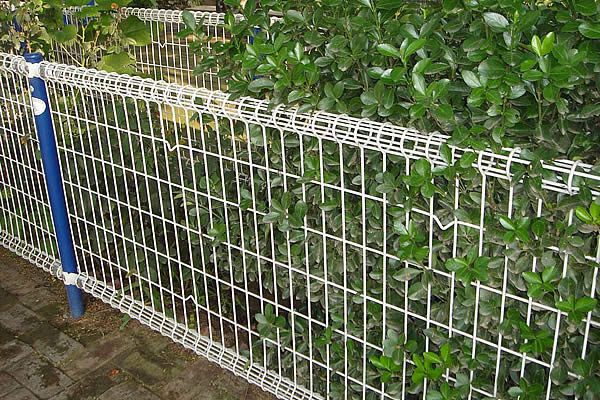 TEL:
+86-13102802206
TEL:
+86-13102802206
 Email:
fencenetting@china.com
Email:
fencenetting@china.com
 Language
Language
 TEL:
+86-13102802206
TEL:
+86-13102802206
 Email:
fencenetting@china.com
Email:
fencenetting@china.com
 Language
Language


Temporary Fencing for Renters A Practical Solution
In recent years, the demand for temporary fencing has surged, particularly among renters. Whether it’s for maintaining privacy, enhancing security, or defining boundaries in a rented property, temporary fencing solutions provide numerous benefits that are both practical and versatile. This article will explore the various reasons why renters may opt for temporary fencing and the different types available.
Understanding Temporary Fencing
Temporary fencing refers to portable fencing systems that can be quickly installed and removed as needed. Unlike traditional fencing, which often requires permits and a significant financial commitment, temporary fencing is designed with flexibility in mind. It comes in various styles and materials, allowing renters to choose the most suitable option for their needs without the long-term obligations or costs associated with permanent structures.
Reasons Renters Choose Temporary Fencing
1. Privacy Enhancement One of the primary reasons renters consider temporary fencing is to enhance privacy. Living in close quarters with neighbors can sometimes make individuals feel exposed. Temporary fencing can create a secluded area for relaxation, dining, or outdoor activities, enabling renters to enjoy their space without feeling like they’re on display.
2. Increased Security Security is a major concern for many renters, especially those in urban areas. Temporary fencing can serve as a deterrent against trespassers or unwarranted access to the property, providing an additional layer of security for personal belongings and outdoor spaces.
3. Defining Boundaries For renters who have pets or children, temporary fencing can be instrumental in defining safe boundaries. It allows for a controlled environment where pets can roam without the risk of running away, and children can play freely without straying too far from the designated area.
4. Event Hosting Renters who enjoy hosting gatherings or events may find temporary fencing particularly beneficial. It can be used to create designated areas for guests, such as seating sections, catering zones, or activity areas, thereby enhancing the overall experience and organization of the event.

5. Regulatory Simplicity Unlike permanent fencing, temporary fencing typically does not require permits. This feature is particularly attractive to renters who might be concerned about adhering to local zoning laws or property regulations. They can install the fence quickly and without the hassle of navigating red tape.
Types of Temporary Fencing
1. Chain Link Fencing This is one of the most popular options due to its durability and security features. Chain link fences are easy to install and provide visibility while keeping unwanted guests at bay.
2. Vinyl Fencing For those seeking a more appealing aesthetic, vinyl fencing offers a stylish solution that also ensures privacy. It comes in various colors and styles, making it suitable for any type of décor.
3. Portable Panels These are ideal for renters who need easy assembly and disassembly. Portable fencing panels are lightweight, making them convenient for temporary setups, such as outdoor events or exhibitions.
4. Bamboo Fencing An eco-friendly option, bamboo fencing provides a beautiful natural look while offering privacy. This type is lightweight and easy to set up, making it perfect for renters wanting a more organic touch.
Conclusion
For renters, temporary fencing offers an ideal solution for enhancing privacy, security, and aesthetics without the commitment of permanent installations. Its flexibility allows individuals to adapt their outdoor spaces to fit their lifestyles, making it a worthwhile investment. As the trend for temporary solutions continues to grow, it reflects the evolving needs of renters who seek comfort, freedom, and functionality in their living environments.